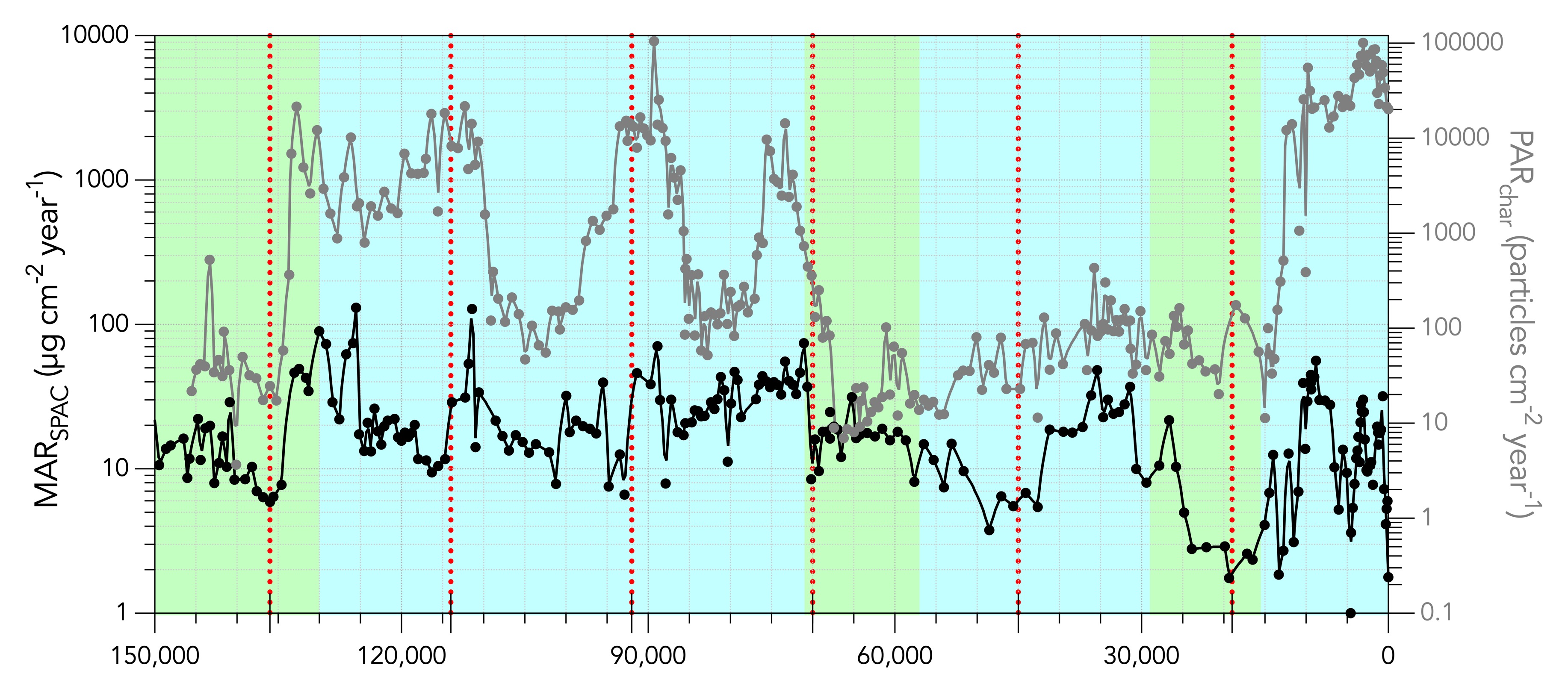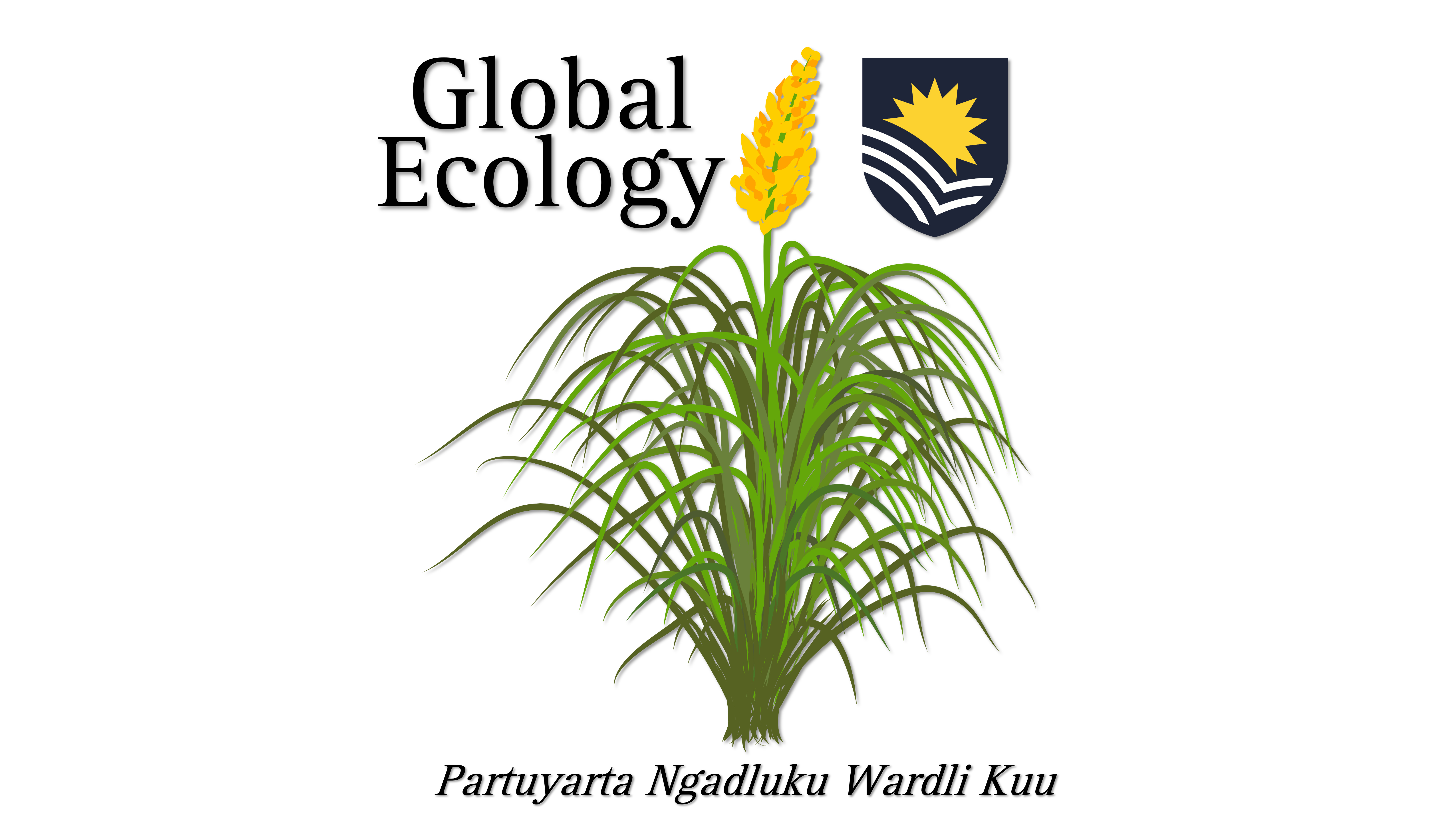Late Pleistocene–early Holocene establishment of an Anthropogenic fire regime in Australia’s tropical savannas
Hypothesis test of shifting fire intensity from 'natural' to 'anthropogenic' fire regime in the Late Pleistocene of Sahul
Prof Corey J. A. Bradshaw
Global Ecology | Partuyarta Ngadluku Wardli Kuu, Flinders University, Adelaide, Australia
January 2023
contributors: Michael Bird; Cassandra Rowe; Christopher Wurster
Code and data accompany paper:
Bird, M, M Brand, R Comley, X Fu, X Hadeen, Z Jacobs, CR Rowe, CM Wurster, C Zwart, CJA Bradshaw. Late Pleistocene–early Holocene establishment of an Anthropogenic fire regime in Australia’s tropical savannas. In review.
At European arrival on the Australian continent, sophisticated Indigenous societies practiced land management across the country, including in Australia’s extensive tropical savannas. Fire was one of the main tools people used to manipulate fuel loads and connectivity to reduce uncontrolled wildfire, maintain vegetation structure, and enhance pyrodiversity. The time depth over which the profound alteration of a ‘natural’ fire regime to a human-dominated fire regime occurred is unknown. We present a 150,000-year, continuous terrestrial record of environmental change from Australia’s tropical savannas, 200 km from the earliest archaeological site in Australia. We use micro-charcoal accumulation and two geochemical measures of fire that together indicate changes in fire incidence and intensity. We pair the micro-charcoal record with a new geochemical measure of (fire-derived) polycyclic aromatic hydrocarbon accumulation rate. We pair grass (C4) pollen as a percentage of total dryland pollen with the carbon isotope composition of the stable polycyclic aromatic hydrocarbon. We established with high statistical certainty that the ‘natural’ fire regime (less-frequent, ‘hot’ fires) was replaced by an anthropogenic fire regime (more frequent, ‘cool’ fires) at least 11,000 years ago. We conclude that anthropogenic fire regimes were potentially imposed over a similar timeframes in other parts of the world, with major implications for our understanding of the development of vegetation structure and pyrodiversity in Australia and elsewhere, as well as our response to the risks imposed by a future increase in high-intensity fires.
fireRegimeGithub.R: main R code for analysis
- d2c.csv: distance to coast
- toc.csv: total organic carbon
- spacmar.csv: mass accumulation rate of stable polycyclic aromatic carbon
- charpar.csv: particle accumulation rate of micro-charcoal
- pcC4.csv: % grass pollen (of total dryland pollen)
- spacC13.csv: δ13C of the stable polycyclic aromatic carbon





